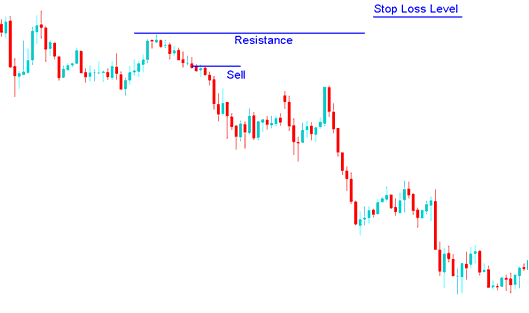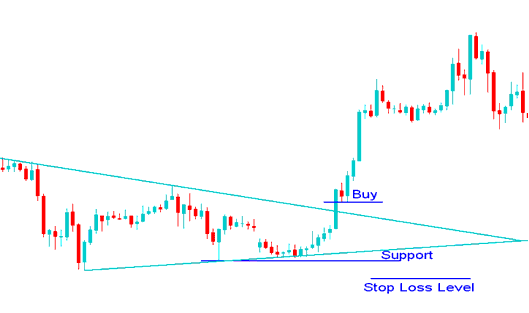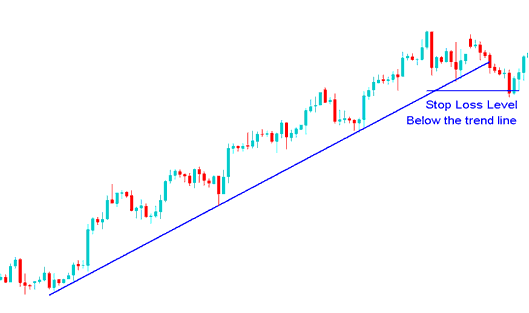Techniques of Setting Stop Loss Orders in Index
Traders using a system for trading need math to show them exactly where they should put their order into the system.
Traders can set stop-loss orders based on indicators. Some indicators use math to find the best spot for the stop-loss. This gives a good exit point. Use these as a guide for order placement.
Other traders also set these orders according to a pre-determined risk:reward ratio. This strategy of setting is dependent upon certain math formulas. For examples a ratio of 50 pips stop-loss can be used by one if the trade has potential to make 100 pips in profit: this is a risk reward ratio of 2:1
Others just use a pre-determined % of their total equity trading balance.
To set a stoploss order it is best to use one of the following strategies:
1. % of trading equity balance
this is based totally on the percentage of account stability that the dealer is inclined to hazard whilst trading.
If a trader risks 2% of their balance, they set the stop level by trade size. This applies to buys or sells.
Example:
If a trader has a $100,000 account and wants to risk 2%, then the amount of the trade they open for Indices will depend on this 2% stop loss level.
2. Setting StopLoss Order using Support & Resistance Levels
Another method for setting stop-loss orders in stocks is to utilize support and resistance areas on the charts.
Because stop losses tend to gather at important spots, when the price tests and reaches one of these technical levels, others are triggered, like falling dominoes. Stop-loss orders usually build up right above or below the areas of resistance or support, respectively.
A support or resistance level functions as a ceiling or floor preventing stock prices from moving further in a certain direction, which is why these levels are frequently used by traders for setting stop-loss orders. Should the price decisively breach this boundary, there is potential for a reversal against the initial market momentum. Conversely, if these support and resistance zones remain intact, the expectation is that the market will sustain its established trajectory.
Stop Loss level using a resistance area

Place Order Above Resistance Level
Stop Loss Order level using a support Level

Putting order below the Support Line
3. Stock Trend Lines
You can use a trend line to decide where to place stop loss orders, setting the order just a bit below the line. If the trend line stays strong, the trader can keep making money. At the same time, they can set this order to protect their profits if the trend line breaks.

Putting order below the trendline
Examples of where to set this order using trend-lines.
Find more tutorials and topics.
- NETH25 Pips Calculation for NETH 25 Index
- How Can I Find Nas100 in MetaTrader 4 iPad App?
- Index Market Psychology Guidelines of Successful Indices
- How Can You Find Nikkei in MT4 iPad App?
- What's Stock Index Instant Market Execution MetaTrader 4 Index Order?
- Study Indices Lessons & Indices Guide Training Tutorial Lessons
- How is FRA 40 Traded in the MT5 Trade Platform?
- Grid, Volumes, AutoScroll & MT4 Chart Shift on MT4 Software Platform

